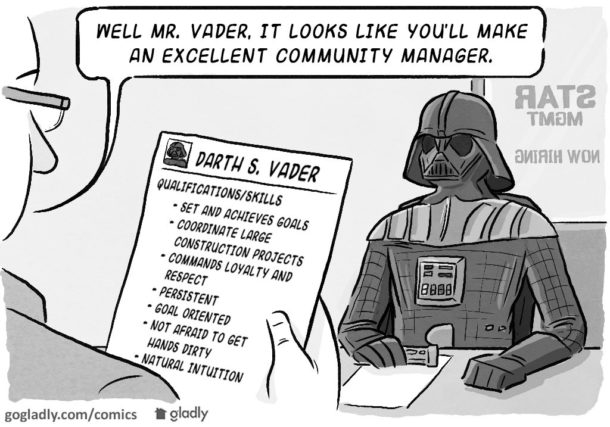For any HOA, time management is essential to good decision making. One of the most important goals of the Chair during a meeting should be to ensure that important issues receive the time and attention they need. Rushing important decisions can lead to flawed decisions and can increase organizational risk. For the average HOA, time management is a significant challenge. The following example takes place in a council meeting but it illustrates how time management can be a problem for HOAs as well.
The Bylaws of a local council allowed up to thirty minutes for community input at the start of a public meeting. This was for brief questions or informal comments on agenda items. The bylaws also allowed for up to two formal presentations by citizens or groups. Each presentation was to take no longer than four minutes, followed by a few minutes of questions from elected officials.
One day the Council decided to stop enforcing the bylaw restrictions by allowing more than two formal presentations and lifting the time limit on public comment. The rationale was: “These are our citizens; they are our bosses and we should not restrict them.”
As a result of this change, the cap of thirty minutes on public input gradually expanded to an hour, then two hours, and then expanded even further. Public input would often take more than 60% of the meeting time, and the adjournment was routinely later than 10 p.m. It was also observed that the same ten (10) community members regularly appeared before the council and took up the bulk of the public input segment of the meeting. Clearly, a well-intended initiative became problematic.
The Math of Fairness
In this example the allotment of time simply does not add up to a productive meeting. Let’s look at the facts:
- Approximately 60% of the meeting time was used by the Council to listen and respond to the concerns of approximately the same ten (10) citizens
- Approximately 40% of the meeting time was used to address the needs of the community of more than 100,000 citizens
- Analysis: 60% of a meeting time was consumed by 01% of the community’s citizens
Intellectual Capacity
It has been said: `The human mind will absorb only as much as the human seat can endure.’ At the start of the meeting, the council members were fresh, alert, and attentive. However, their ability to concentrate on complex matters and contentious issues diminished a few hours into the meeting due to fatigue. This increased the likelihood of the Council making flawed decisions. HOA time management is no different – issues should receive the appropriate amount of time and attention by alert and attentive board members.
Summary
By choosing to ignore the established time limits outlined in the bylaws, the Council was being nice to a few citizens, while compromising the decision-making process that affected all of their constituents.
The following recommendations have been made with the above concerns in mind:
- The public should be informed of the Council’s duty to enforce its Procedure Bylaw and of the reasons for establishing and enforcing time limits;
- If needed, the Procedure Bylaw should be reviewed and possibly amended to provide more (but not unlimited) opportunities for the public to speak to elected officials;
- To promote participatory democracy, the Council may wish to sponsor town hall meetings periodically, for the sole purpose of hearing from the public on significant emerging issues.
I ended my report by suggesting that, for the decision-making process to work, everyone, from elected board members to citizens, needed to fully understand and appreciate the value of a healthy decision-making process. In an optimal environment, everyone would follow the established process of his or her own free will, because he or she fully recognizes the damage that procedural breaches can inflict.
And, if and when the process is breached in a potentially harmful way, an elected member should not hesitate to raise a point of order and speak up “in defense of the process.”
- Making Time – A Guide to Effective HOA Time Management - April 11, 2018



 Help
Help